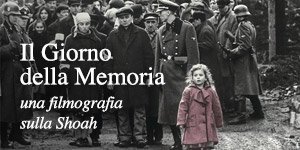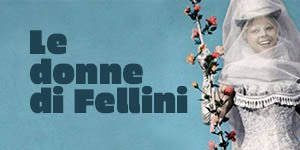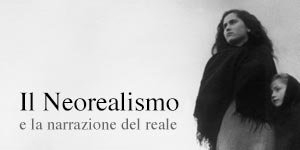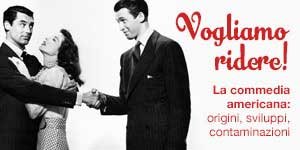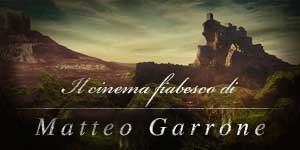Benedict Bogeaus (04-05-1904, Chicago, Illinois, USA)
From Wikipedia, the free encyclopedia Benedict Bogeaus (May 4, 1904, in Chicago – August 23, 1968, in Hollywood), was an independent film producer and former owner of General Service Studios. He became a property developer in Chicago, accumulating a fortune of $18 million, which he lost during the Great Depression. He went to Europe with what money had had left, looking for new opportunities. He produced a film in France, The Virgin Man and one in Germany, Daughter of the Regiment and later said both were "very bad". Bogeaus moved to Hollywood in 1940 and went into partnership with Herbert Huston making a portable developing machine. The advent of World War Two saw this become a huge success. When AT&T's Western Electric unit that manufactured sound equipment for film was forced by an antitrust action to divest itself of the General Service Studio complex, Bogeaus outbid producer Edward Small to acquire the studio. He allowed the United States Government to use his complex for film work and leased it out to various independent film producers, keeping his eye on their progress. Eventually he decided to make films himself. Forming Benedict Bogeaus Productions in 1944, his first film was The Bridge of San Luis Rey (1944), directed by Rowland V. Lee and released though United Artists. He followed it with Dark Waters (1944), directed by Andre de Toth), and Captain Kidd (1945), directed by Lee with Charles Laughton and Randolph Scott. He also produced The Diary of a Chambermaid (1946) along with stars Paulette Goddard and Burgess Meredith; it was directed by Jean Renoir. Though these films were critically acclaimed, they didn't set the box office on fire. Realising the public's attraction to low and middle budget films with star power, Bogeaus signed George Raft on for a few films, beginning with Mr. Ace (1946), directed by Edwin Marin. The movie was not a financial success. Bogeaus made The Macomber Affair (1947) with Gregory Peck directed by Zoltan Korda. He made two anthology films with multiple stars in different storylines so they could be filmed at different times: Christmas Eve (1947), with Raft and Scott, directed by Marin; On Our Merry Way (1948), with Goddard, James Stewart and Henry Fonda. and Bogeaus made two films with Dorothy Lamour and George Montgomery, Lulu Belle (1948) and The Girl from Manhattan (1948). He turned to film noir with two films directed by Robert Florey: The Crooked Way (1949) and Johnny One-Eye (1950). Most of Bogeaus' films had been released through United Artists. He signed a deal with RKO for Count the Hours (1952), Appointment in Honduras (1953), Silver Lode (1954), Passion (1954), Cattle Queen of Montana (1955), Escape to Burma (1955), Pearl of the South Pacific (1955), Tennessee's Partner (1955), and Slightly Scarlet (1955). RKO collapsed and Bogeaus made The River's Edge (1957) with Dwan for Fox, and Enchanted Island (1958) for Warners. Dwan's final films included two directed by Byron Haskin in Mexico: From the Earth to the Moon (1958) and Jet Over the Atlantic (1959). His last production was Most Dangerous Man Alive directed by Dwan that was filmed in 1958 in Mexico but not released until 1961. Dwan and Bogeaus cooperated in three unfilmed projects, a remake of The Bridge at San Luis Rey, Will You Marry Me, written by Dwan, and The Glass Wall.
- 5.0/10 1 voti
- 7.0/10 1 voti
- 6.0/10 1 voti
- 7.0/10 1 voti
- 7.0/10 1 voti
- 7.5/10 2 voti
- 7.0/10 1 voti
- 7.0/10 1 voti
- 7.0/10 1 voti
- 6.0/10 2 voti
 Drammatici
Drammatici  Commedie Top
Commedie Top  Tutti gli Oscar
Tutti gli Oscar  Film italiani
Film italiani  Serie TV Drama
Serie TV Drama  Serie TV Comedy
Serie TV Comedy  Le origini del cinema
Le origini del cinema  Spaghetti Western
Spaghetti Western  Cinema & Resistenza
Cinema & Resistenza  NOMINATION OSCAR 2024
NOMINATION OSCAR 2024  Film stasera in TV
Film stasera in TV Film oggi in TV
Film oggi in TV Film oggi in TV
Film oggi in TV Film oggi in TV
Film oggi in TV